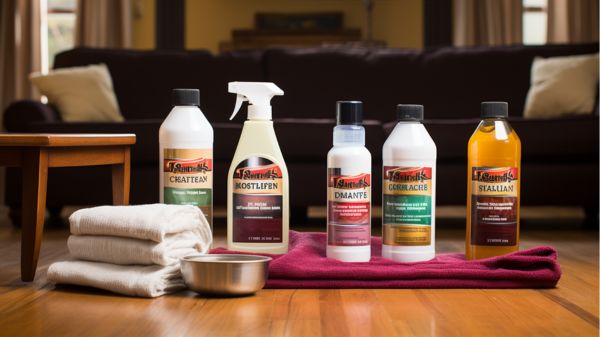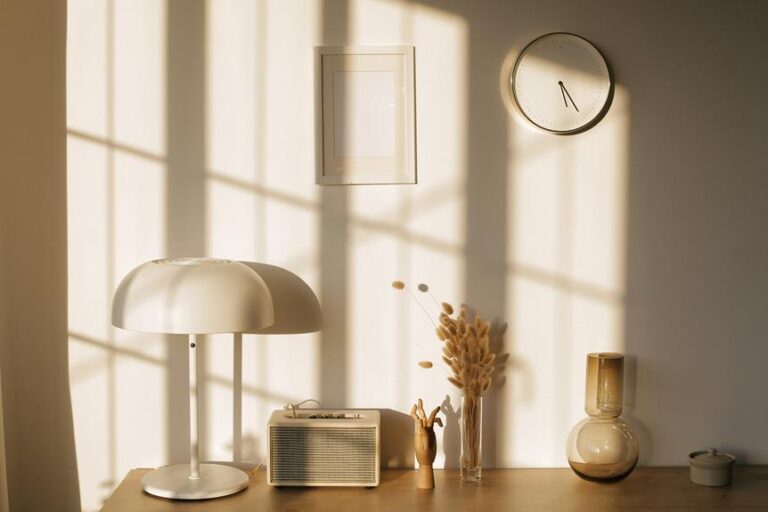How to Boost Energy Efficiency With Sustainable Insulation
Are you tired of feeling like a leaky sieve, losing energy and money through poorly insulated walls? Boost your energy efficiency with sustainable insulation, the superhero of home improvement.
Like a cozy blanket for your house, sustainable insulation keeps your home warm in the winter and cool in the summer, saving you money on heating and cooling bills.
Discover the types, benefits, installation techniques, cost-effective options, and maintenance tips for sustainable insulation. Join the green revolution and belong to the eco-conscious homeowners.
Types of Sustainable Insulation Materials
There are five types of sustainable insulation materials that you can use to boost energy efficiency in your home. These eco-friendly insulation options provide excellent thermal performance while reducing the carbon footprint of your household.
The first type is cellulose insulation, made from recycled paper and treated to be fire-resistant. It’s a cost-effective and environmentally friendly option.
The second type is fiberglass insulation, which is made from recycled glass and sand. It’s widely available and relatively easy to install.
The third type is mineral wool insulation, made from natural minerals like basalt or diabase. It’s fire-resistant, moisture-resistant, and provides excellent sound insulation.
The fourth type is cotton insulation, made from recycled denim. It’s non-toxic and has great thermal and acoustic properties.
The final type is spray foam insulation, made from renewable materials like soy or castor oil. It creates an airtight barrier and provides superior insulation.
Consider these renewable insulation options to improve the energy efficiency of your home and contribute to a greener environment.
Benefits of Using Sustainable Insulation
Boosting your energy efficiency with sustainable insulation offers numerous benefits. Here are three reasons why you should consider using sustainable insulation materials:
- Reduced Environmental Impact: By choosing sustainable insulation, you contribute to the preservation of our planet. Sustainable insulation materials are made from recycled or renewable resources, minimizing the depletion of natural resources. They also have lower embodied energy, meaning less energy is required to produce them, leading to reduced carbon emissions.
- Energy Savings: Sustainable insulation helps to create a well-insulated and air-tight building envelope, preventing heat loss in winter and heat gain in summer. This results in lower energy consumption for heating and cooling, leading to significant cost savings on your energy bills. Additionally, sustainable insulation can improve indoor air quality by reducing the infiltration of pollutants and allergens.
- Enhanced Comfort: Sustainable insulation materials provide excellent thermal and acoustic insulation, creating a more comfortable living or working environment. They help maintain a consistent temperature, reducing cold spots and drafts. The improved sound insulation also helps to minimize noise pollution, allowing you to enjoy a quieter and more peaceful space.
Installation Techniques for Sustainable Insulation
To ensure effective installation of sustainable insulation, follow these three simple techniques.
First, make sure to seal any gaps or cracks in the walls or ceilings before installing the insulation. This will prevent air leakage and maximize energy savings.
Second, choose eco-friendly insulation materials such as recycled cellulose or natural fibers like wool or cotton. These materials aren’t only sustainable but also provide excellent thermal performance.
Finally, ensure proper installation by following the manufacturer’s guidelines and recommendations. This includes using the correct thickness and density of insulation for your specific climate zone.
Cost-Effective Sustainable Insulation Options
Consider three cost-effective sustainable insulation options to boost your energy efficiency:
- Cellulose Insulation: Made from recycled paper and treated with non-toxic chemicals, cellulose insulation is an eco-friendly insulation alternative. It provides excellent thermal performance and can be blown into walls, attics, and floors.
- Wool Insulation: Wool is a natural fiber that offers great insulation properties. It’s renewable, biodegradable, and has the ability to absorb and release moisture, helping to regulate indoor humidity. Wool insulation is also fire-resistant and helps reduce noise transmission.
- Recycled Denim Insulation: Made from recycled denim jeans, this insulation option isn’t only sustainable but also provides effective thermal and sound insulation. It’s free from harmful chemicals and offers excellent fire resistance.
Maintenance Tips for Sustainable Insulation
Maintain the efficiency of your sustainable insulation by implementing these maintenance tips.
To ensure that your insulation continues to provide optimal energy efficiency, it’s important to follow a regular maintenance schedule. Start by inspecting your insulation for any signs of damage or wear.
If you notice any gaps or cracks, seal them immediately to prevent air leakage. Additionally, make sure to keep your insulation clean and free from debris, as this can affect its performance.
Furthermore, consider adding weatherstripping to doors and windows to further enhance energy efficiency. Lastly, regularly check the insulation for any signs of moisture or mold, as this can indicate a problem that needs to be addressed.
Conclusion
Sustainable insulation is a key solution for boosting energy efficiency in buildings. By utilizing materials such as recycled denim or cellulose, you can significantly reduce heat loss and lower energy consumption.
For example, a recent study showed that a commercial building in Los Angeles reduced its energy usage by 25% after installing sustainable insulation.
This not only saves money in the long run but also helps protect the environment by reducing greenhouse gas emissions. Make the switch to sustainable insulation and start reaping the benefits today.




